Top Things to Know Before Buying a Home Garden Design
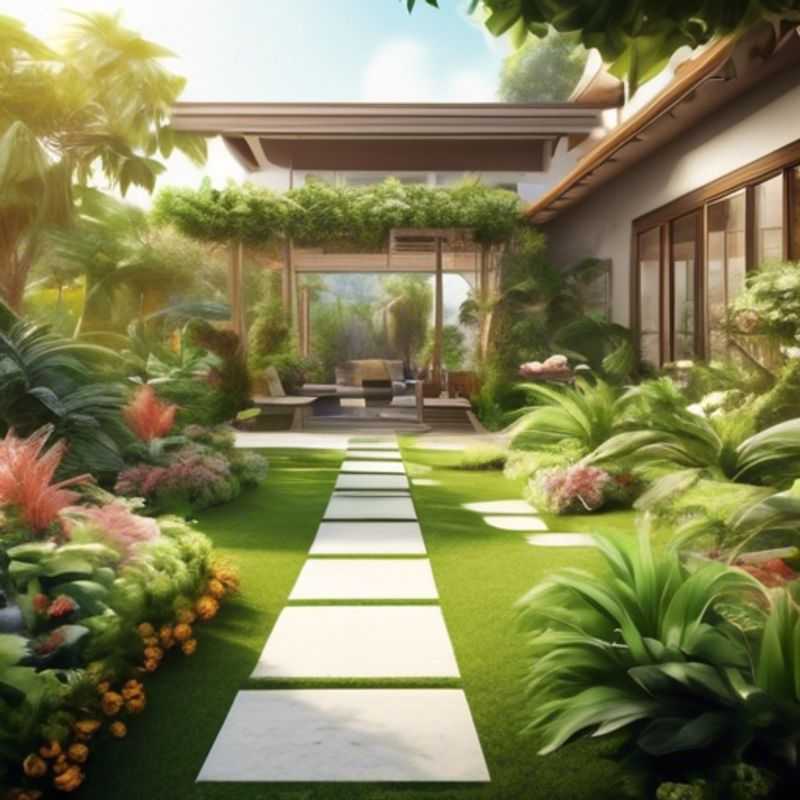
Top Things to Know Before Buying Home Garden Design: A Guide for Beginners
Creating a beautiful and flourishing home garden is a rewarding endeavor, but it's essential to approach the design process with careful planning and consideration. To ensure a successful and enjoyable experience, here are the top things to know before diving into your home garden design:
1. Understand Your Garden's Climate and Soil Conditions: The foundation of any successful garden lies in understanding the unique characteristics of your location. What are the average temperatures, rainfall patterns, and frost dates?

Unlocking Your Garden's Secrets: Understanding Climate and Soil Conditions
Understanding your garden's climate and soil conditions is the foundation of successful gardening. It's like knowing your ingredients before you start cooking - crucial for getting the best results. Here's what you need to know:
Climate: The sun's heat and the amount of rainfall play a big role in your garden's success. Knowing your climate zone helps determine which plants will thrive in your area. You can easily find this information online using your zip code or location. You'll learn things like the average annual rainfall, temperature extremes, and frost dates, all vital for selecting the right plants.
Soil: Soil is like a recipe for your garden. It's a mix of minerals, nutrients, and organic matter. To understand your soil, you can do a simple test. Dig a hole, take a handful of soil, and feel its texture. Is it sandy, loamy, or clay-like? This will tell you how well it drains and retains moisture. You can get more detailed information from a soil test kit, available at many garden centers or online.
Action Plan: Knowing your garden's climate and soil conditions is essential for:
- Choosing the right plants: Some plants are better suited to specific climates and soil types. Matching your garden's conditions to your plant choices will improve your chances of success.
- Adjusting your watering practices: Sandy soils drain quickly, while clay soils retain moisture. Understanding this will guide your watering schedule and ensure your plants receive the right amount of water.
- Enhancing your soil: Testing your soil may reveal nutrient deficiencies. You can then amend your soil with compost, fertilizer, or other soil amendments to improve its structure and fertility.
Remember, your garden is a living ecosystem. Understanding its specific climate and soil conditions empowers you to make informed decisions, fostering a thriving and beautiful garden.
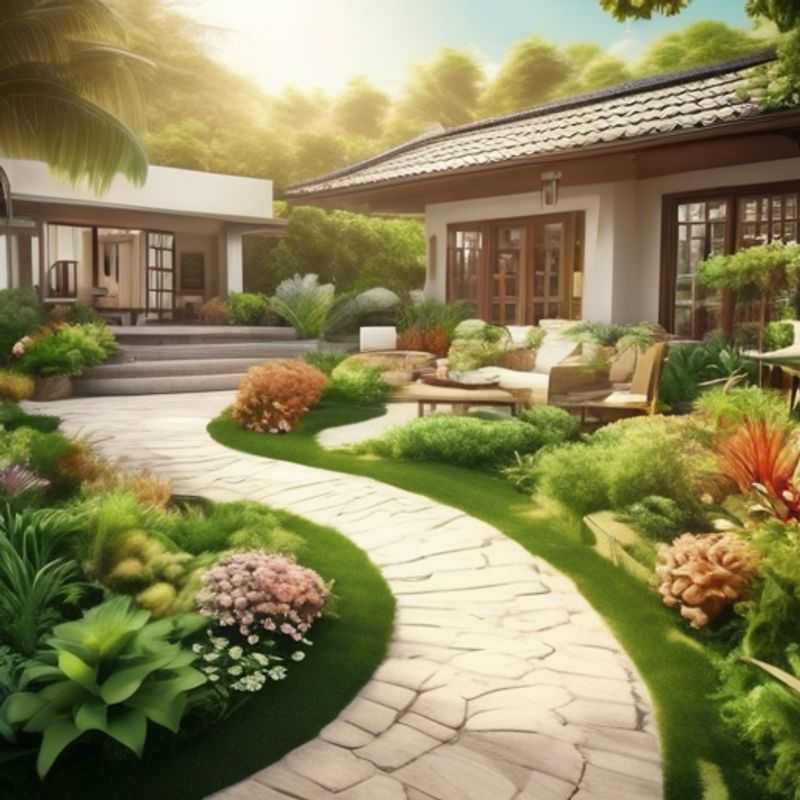
From Seed to Success: Choosing the Right Plants for Your Region
Choosing the right plants for your area is crucial for a thriving garden. It's about understanding your local climate and soil conditions. The first step is to determine your USDA Plant Hardiness Zone. This information, easily accessible online, tells you which plants can survive the winter temperatures in your region. It's a valuable tool to avoid costly mistakes.
Consider your garden's microclimate. Shady areas need shade-tolerant plants, while sunny spots demand sun-loving varieties. Don't underestimate the impact of wind and rainfall. Wind can damage delicate plants, while heavy rainfall can drown those needing good drainage.
Knowing your soil type is vital. Sandy soil drains quickly, requiring plants that tolerate dryness. Clay soil holds moisture, needing plants that thrive in damp conditions. Soil testing kits are available online or at gardening centers. This analysis helps you determine the nutrients present in your soil and any deficiencies to address.
Visit local nurseries and garden centers. These are excellent resources for expert advice. They can provide tailored recommendations based on your specific location and conditions. Don't hesitate to ask questions. Local garden clubs are also valuable sources of information and community support.
Online resources, like the website of your local university extension service, provide a wealth of information about suitable plants for your area. These resources can help you identify plants with specific characteristics, such as attracting pollinators or resisting pests. Look for reputable websites and research the source of information.
Remember, success in gardening is an ongoing learning experience. Research, experimentation, and observation are key. Start small, learn from your mistakes, and enjoy the process of creating a beautiful and thriving garden.
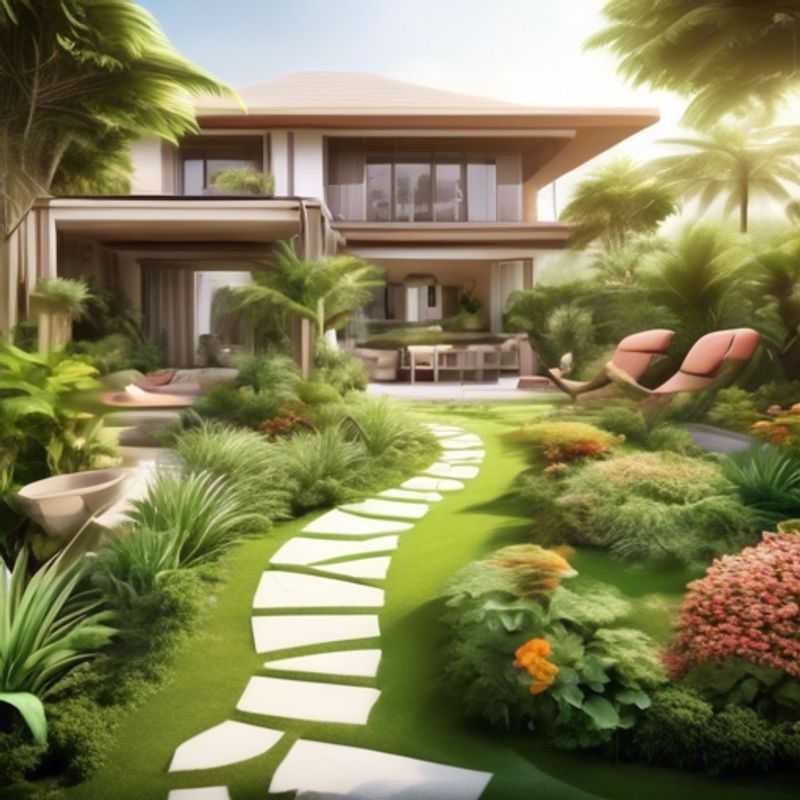
Sunlight and Water: Essential Considerations for Plant Success
When planning your garden or landscaping project, understanding the sunlight and water requirements of your plants is crucial for their success. Different plants have varying needs for sunlight and water, and providing the appropriate amount is essential for healthy growth and vibrant blooms.
Sunlight is a key factor for photosynthesis, the process by which plants convert light energy into food. Plants are classified as full sun, partial sun, partial shade, or shade-loving. Full sun plants thrive in 6-8 hours of direct sunlight daily, while shade-loving plants prefer only a few hours of dappled sunlight. Consider the location of your garden and the amount of sunlight it receives throughout the day. This will help you choose plants that will flourish in your environment.
Water is another essential element for plant growth. Plants require water for nutrient absorption, transportation, and cooling. Different plants have varying water needs, and providing the right amount is essential to prevent overwatering or underwatering. Consider the type of soil in your garden, as different soils retain water differently. Sandy soils drain quickly, while clay soils retain water for longer periods. You can also use a soil moisture meter to measure the moisture levels in your garden.
Understanding the sunlight and water requirements of your plants is a critical step in creating a thriving garden. By considering these factors and choosing plants that are well-suited to your environment, you can create a beautiful and sustainable outdoor space.
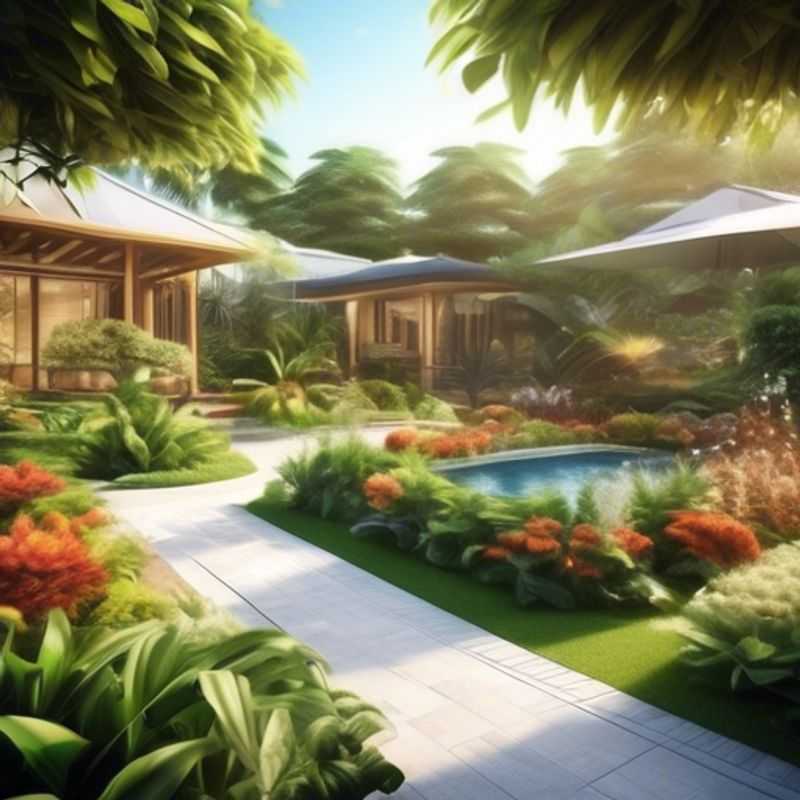
Designing Your Dream Garden: Planning the Perfect Layout
Designing your garden is exciting! It's like creating your own outdoor oasis. But before you grab the shovel, a little planning goes a long way.
Start by sketching out a rough plan. Consider the size of your space and the shape of your yard. What's your vision for the garden? Do you want a vegetable patch, a flower haven, or a relaxing space for lounging?
Think about sunlight and shade. Where does the sun hit your yard throughout the day? This will help you choose the right plants. For example, sun-loving flowers won't thrive in the shade.
Next, consider the soil. Is it sandy, clay, or somewhere in between? This will affect what you can grow. You might need to amend the soil for certain plants to flourish.
Don't forget about practicalities. Where will you access water for your plants? Will you need to install irrigation? How about pathways? Make sure walkways are wide enough for easy access.
Get creative with design elements. Paths, patios, seating areas, and water features can add beauty and function to your garden. You might even want to include a small pond or a fire pit for cozy evenings.
If you're unsure about any aspect, consult a professional. A landscape designer can help you create a plan that's both functional and visually appealing. They can also advise you on plant choices and maintenance. This might involve a fee for the design consultation, so factor that cost into your budget.
Remember, a well-planned garden is a joy to behold. Take your time, enjoy the process, and soon you'll have a beautiful space you'll love spending time in.
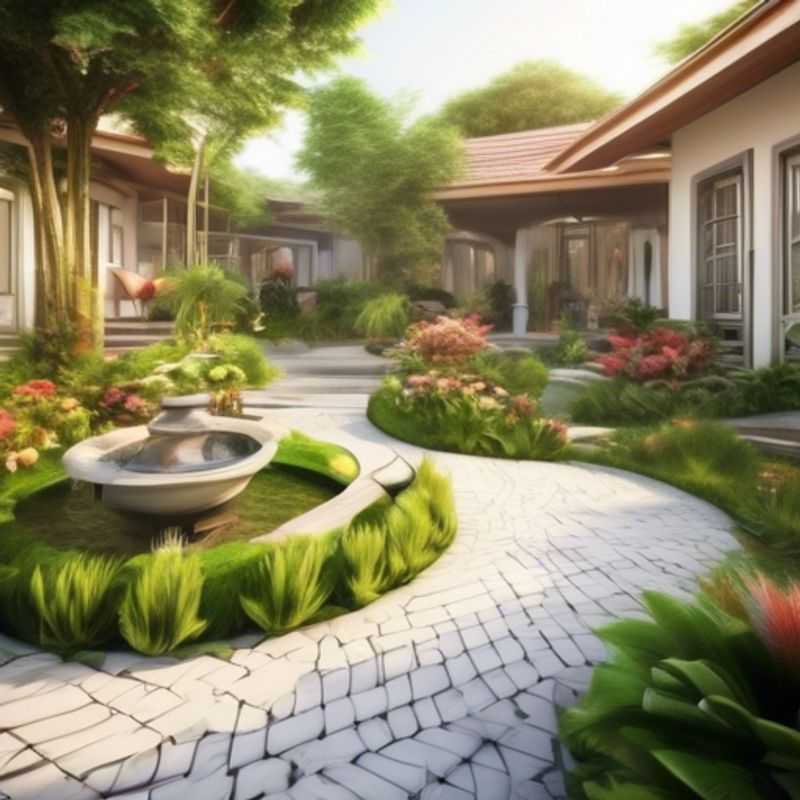
Transforming Outdoor Spaces: Integrating Pathways, Seating, and Water Features
Incorporating features like pathways, seating, and water elements can significantly enhance your outdoor space, creating a more inviting and functional environment. Here's a quick guide to consider:
Pathways: Well-designed pathways guide movement, improve accessibility, and define different areas. Materials like gravel, pavers, or wood create distinct visual effects. Consider the flow of traffic and ensure paths are wide enough for comfortable passage. Curved pathways can add visual interest and encourage exploration.
Seating: Comfort and functionality are key when choosing seating. Benches, chairs, or even hammocks provide areas for relaxation and socializing. Placement is important; strategically locate seating near pathways, water features, or gardens for optimal enjoyment.
Water Elements: Water features, like fountains, ponds, or even small waterfalls, add a soothing sound and visual appeal. They can also attract wildlife and create a sense of tranquility. Consider the size of your space and the type of water feature that best suits your needs and budget. Remember to factor in maintenance costs for water features.
Important Tips: When designing your outdoor space, remember to choose materials that complement the existing landscape. Consider factors like durability, maintenance needs, and local climate. Remember to seek professional advice from landscape architects or designers, especially for complex water features.
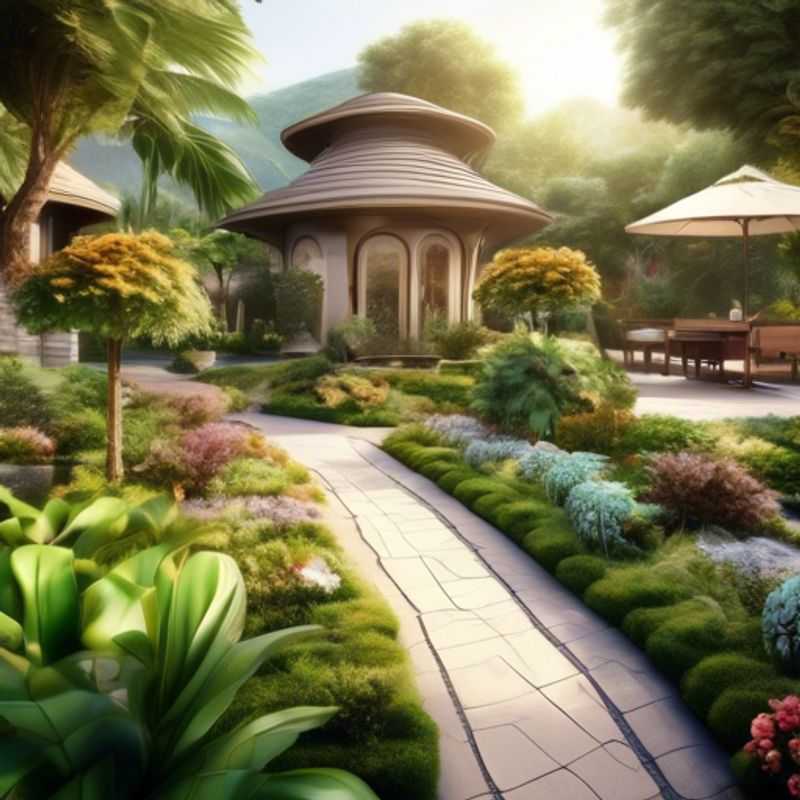
Budgeting for Your Garden: Plants, Materials, and Tools
Creating a budget for your landscaping project is essential to ensure you stay on track financially. Here’s a quick guide to help you allocate funds effectively:
Plants: This is often the biggest expense. Consider the size and type of plants you need, factoring in mature size and long-term costs. Research prices at local nurseries and online retailers. Remember to account for soil amendments, fertilizers, and pest control products.
Materials: This category covers everything from mulch and gravel to edging and pavers. Research prices for different materials and compare quality. Consider long-term durability and maintenance requirements when choosing materials.
Tools: While some basic tools might already be in your possession, you might need to purchase others. Essential tools include shovels, rakes, hand trowels, and pruning shears. If you’re planning extensive landscaping, consider renting specialized tools for tasks like excavating or sod laying.
Labor Costs: If you plan to hire professionals, factor in labor costs. Get estimates from multiple contractors and clearly outline the scope of work to ensure accurate pricing.
Other Expenses: Don’t forget to account for smaller, but essential expenses, such as irrigation systems, lighting, and drainage solutions.
Tip: It's always wise to create a budget with a small contingency for unforeseen expenses. This will ensure you’re prepared for any unexpected challenges that might arise during your project.
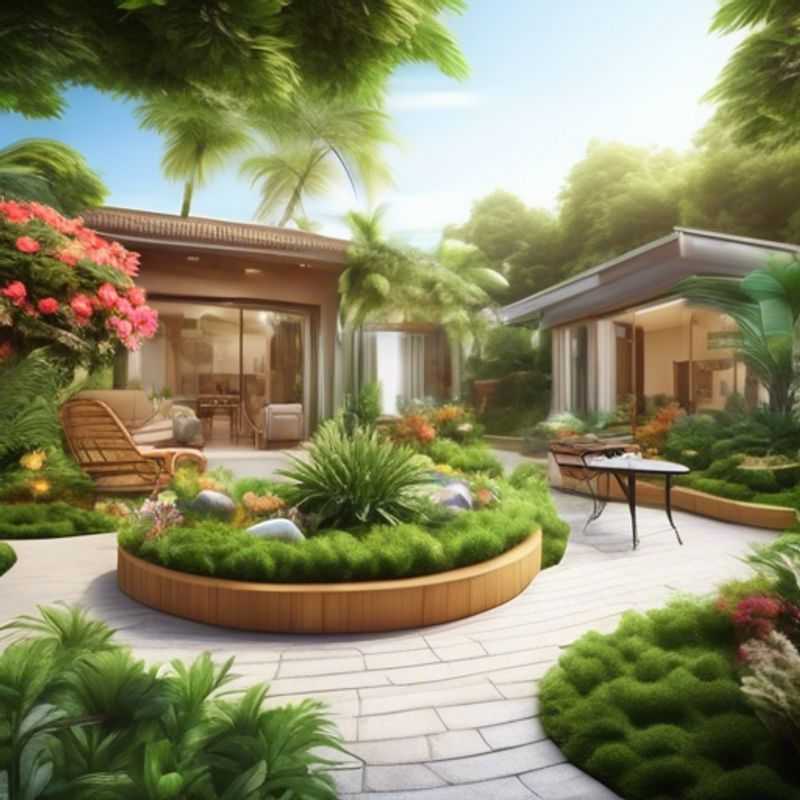
Navigating Local Zoning and Permits: A Guide for Homeowners and Builders
When embarking on any construction or renovation project, it's crucial to familiarize yourself with local zoning and permit requirements. These regulations dictate how land can be used and what structures can be built, ensuring compliance with community standards and safety codes. Start by visiting your local government or planning department's website to access zoning maps and guidelines specific to your area. Key zoning aspects to consider include land use designations, setback requirements, height restrictions, and allowed building types.
Permits are often required for various activities, such as new constructions, modifications, or even significant landscaping changes. The cost of these permits can vary widely depending on the scope of your project and local regulations. Typical fees might include application fees, inspection fees, and impact fees, which are assessed to mitigate the effects of new development on the community. It’s advisable to budget for these costs to avoid surprises later.
Additionally, some projects may necessitate specialized permits, such as environmental permits for work near waterways or historical preservation permits for renovations on designated structures. Consulting with local officials or a zoning attorney can provide clarity on the specific requirements for your project and help streamline the application process. Remember, undertaking a project without the necessary permits can lead to fines and even require undoing completed work.
In summary, understanding local zoning and permit requirements is essential for any successful project. Doing your homework upfront will save you time and money in the long run, ensuring your project complies with local laws and meets community expectations.
